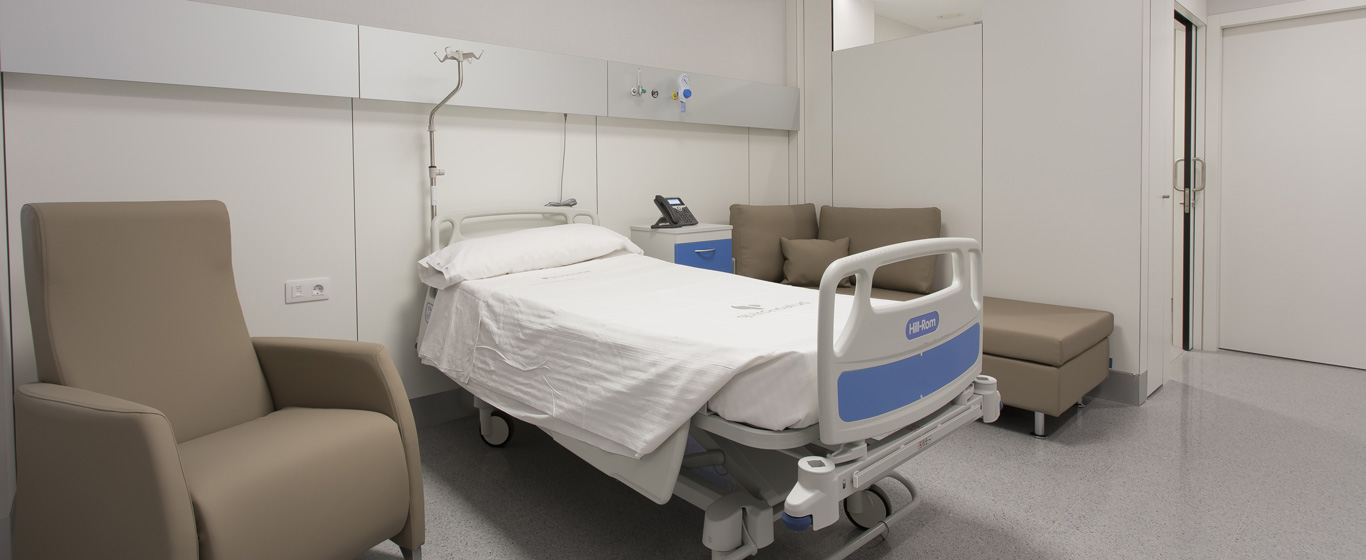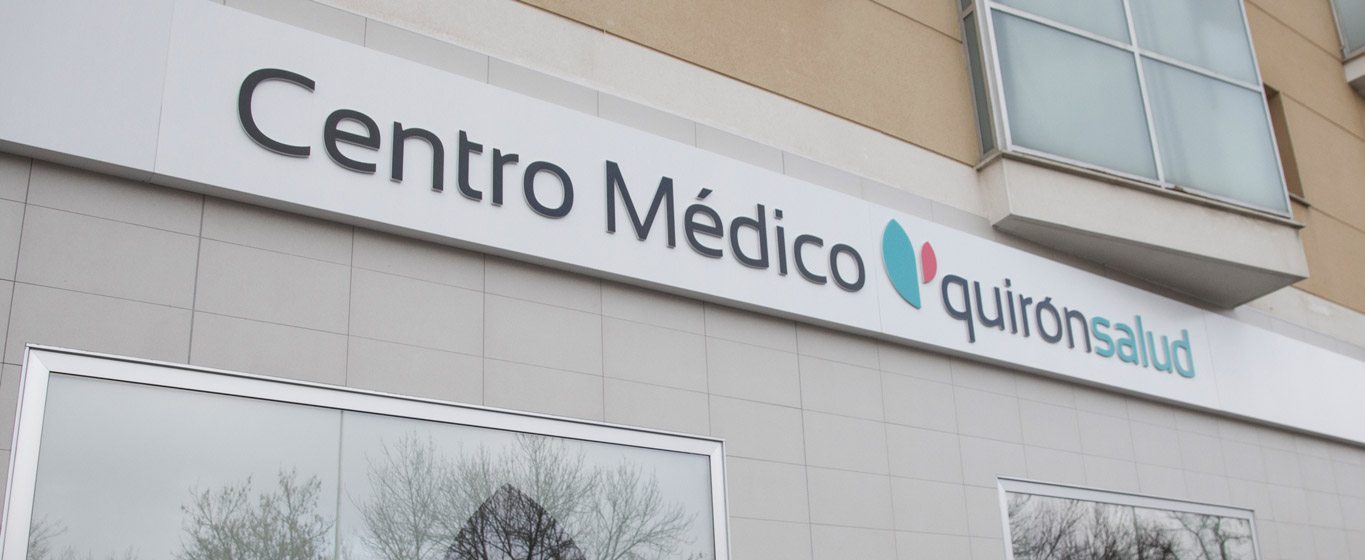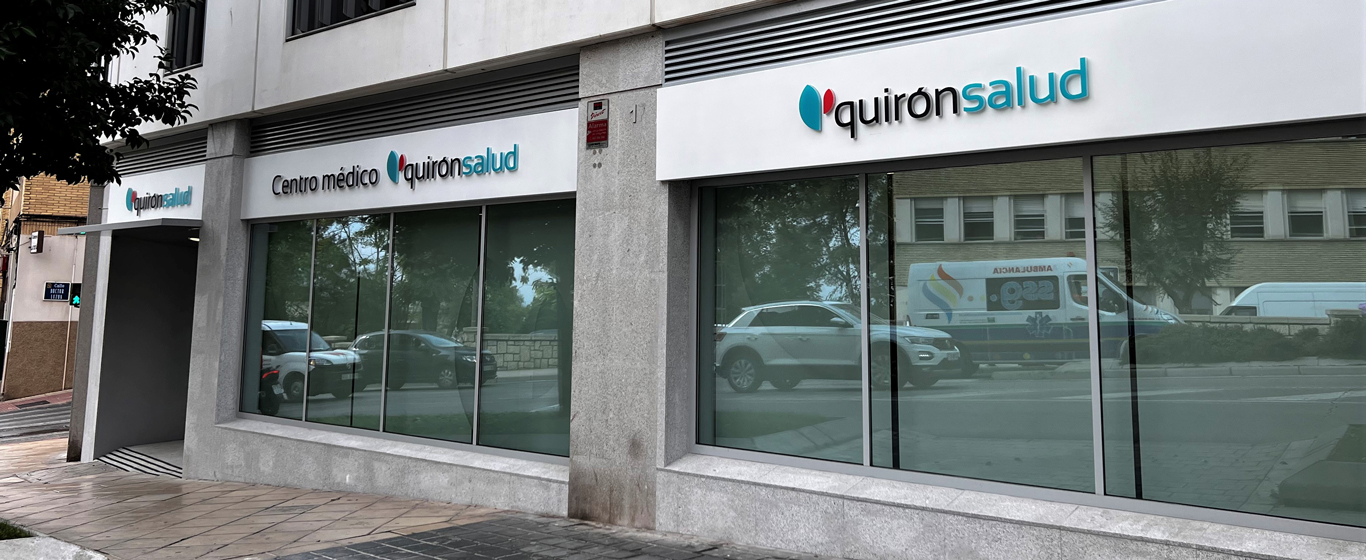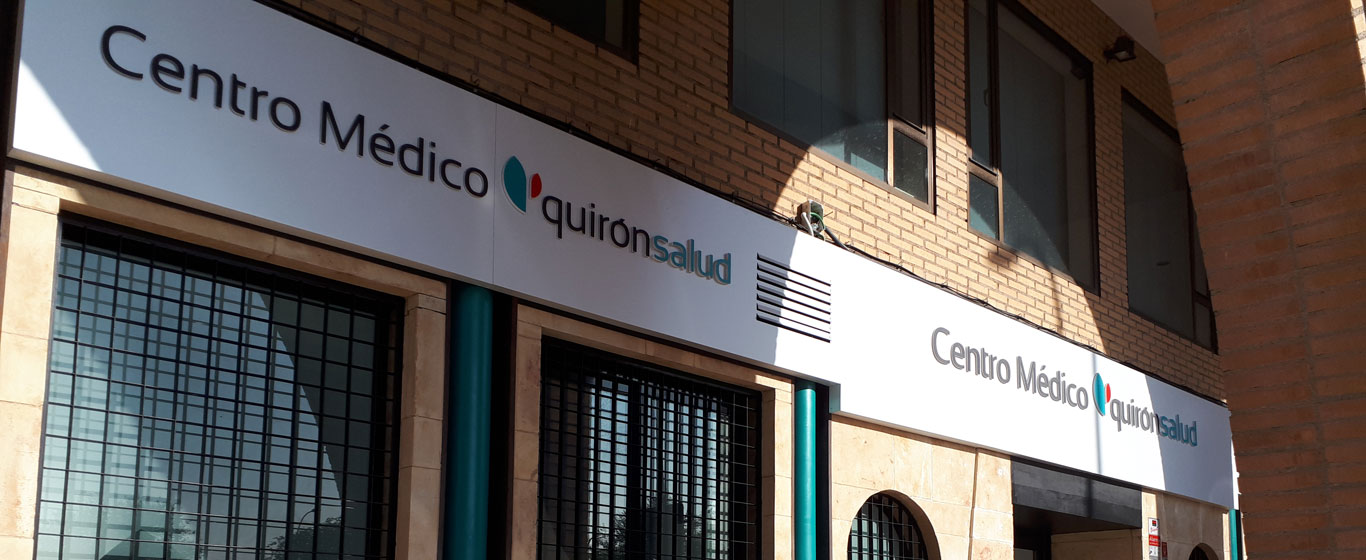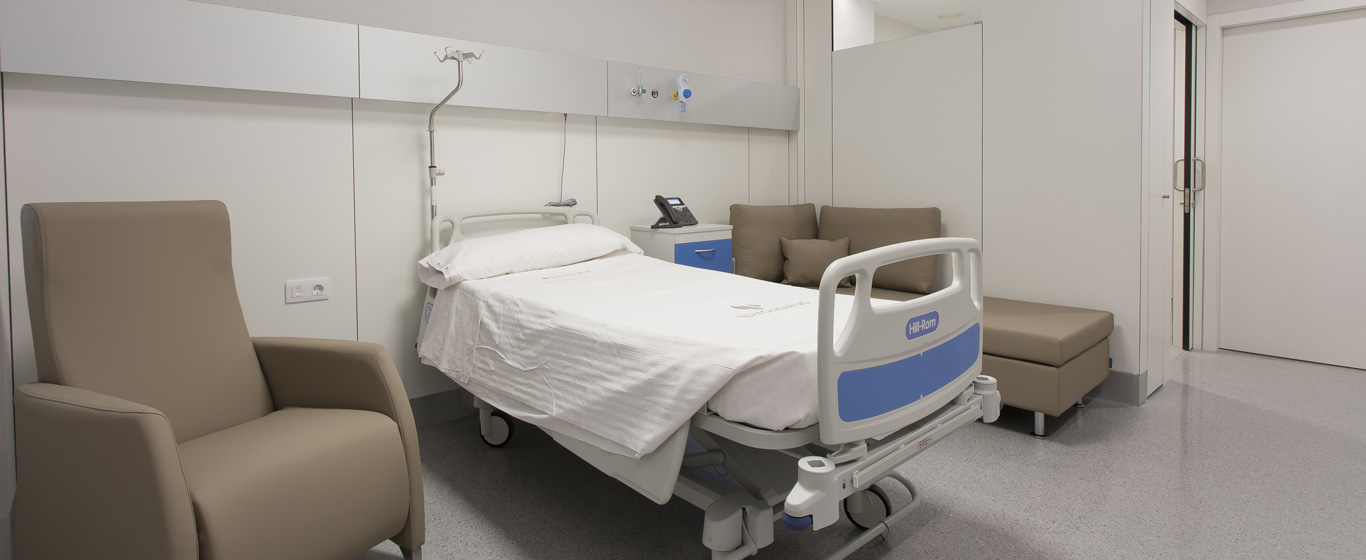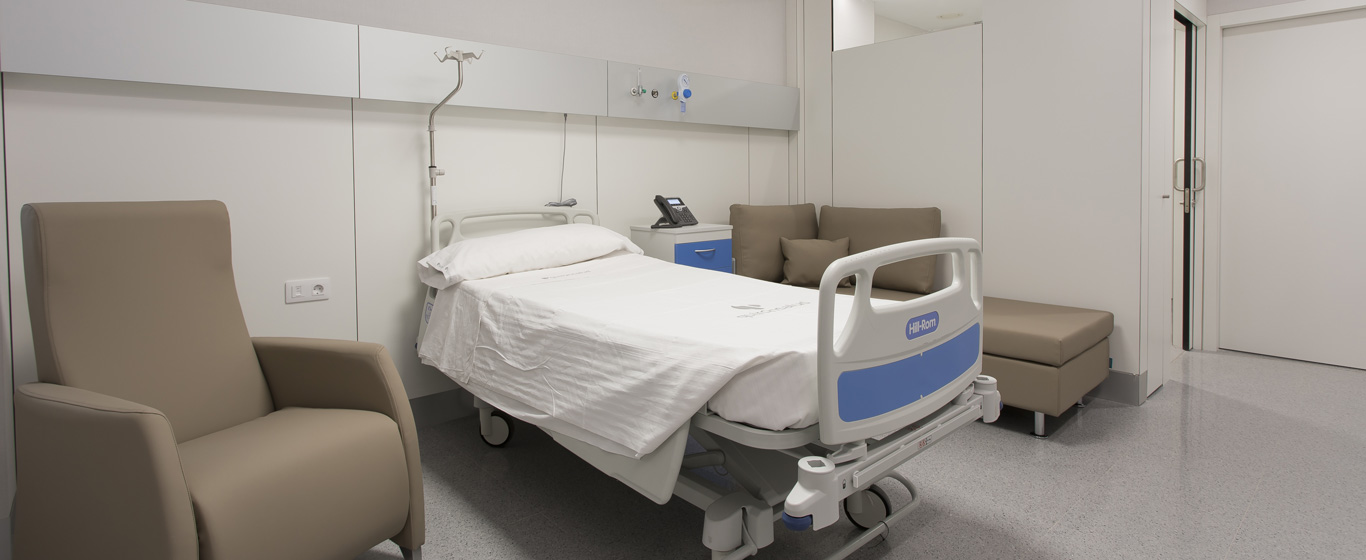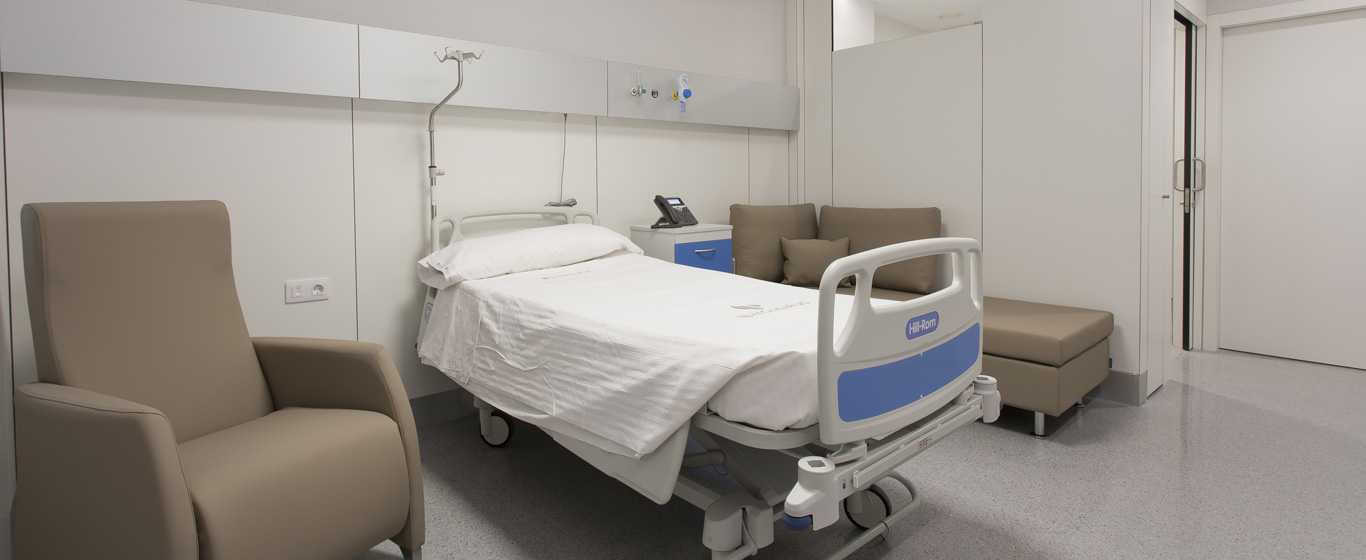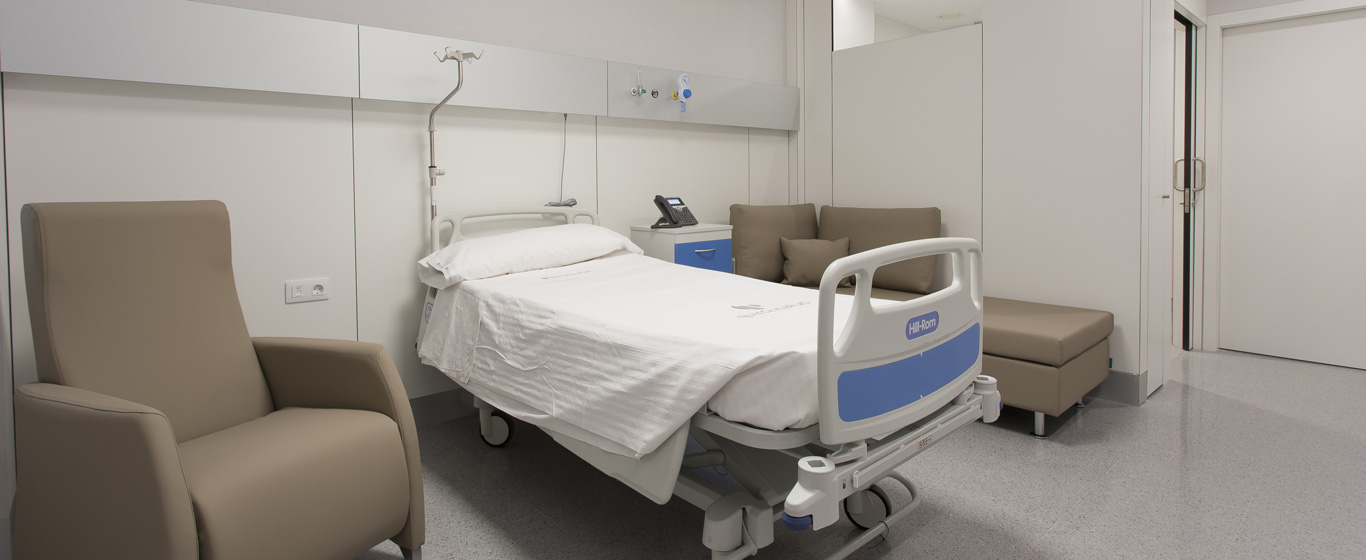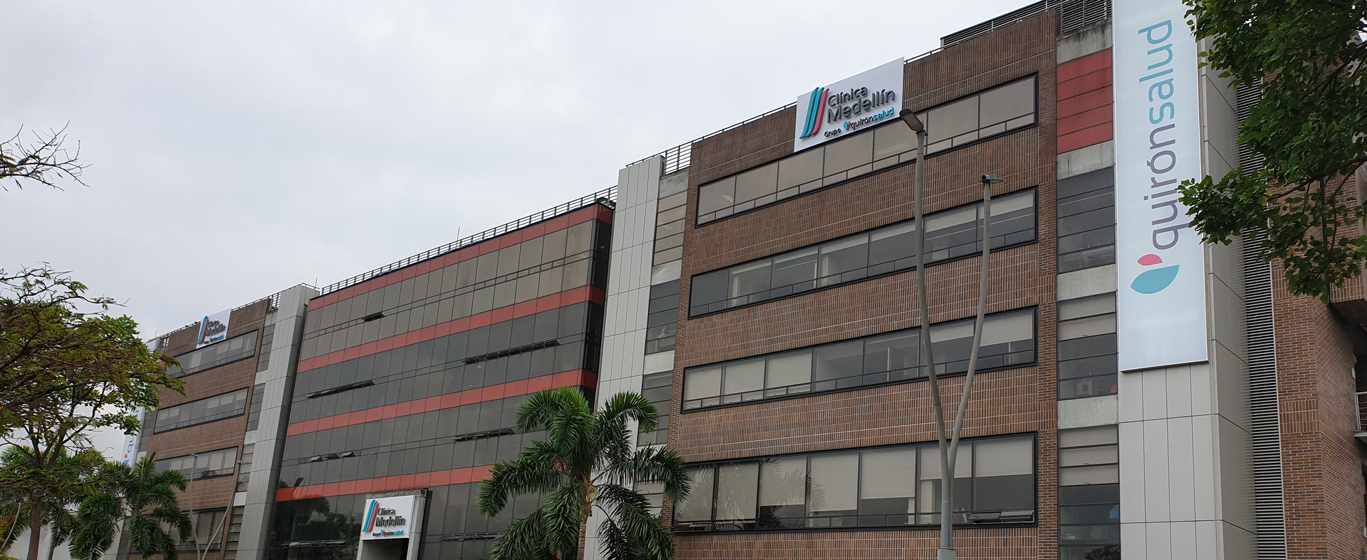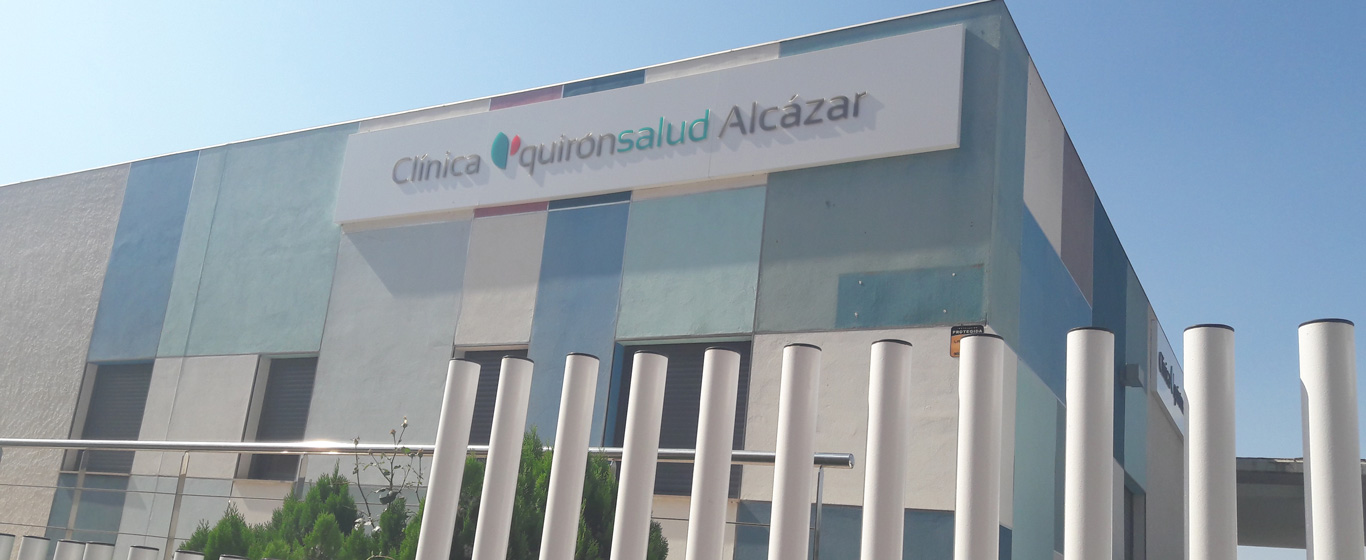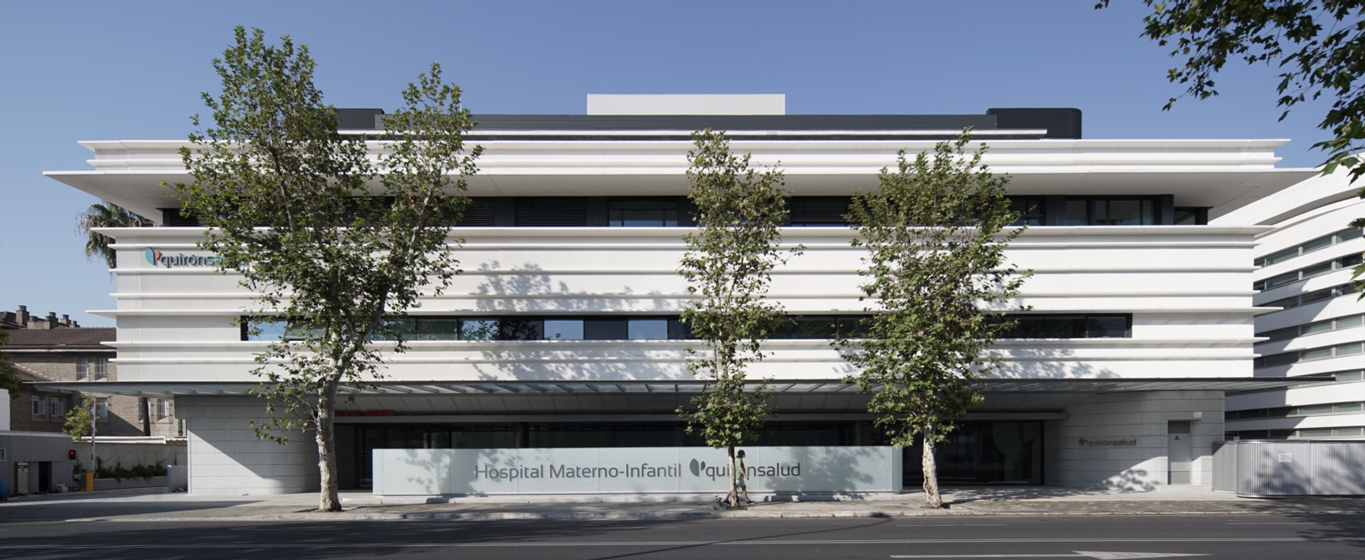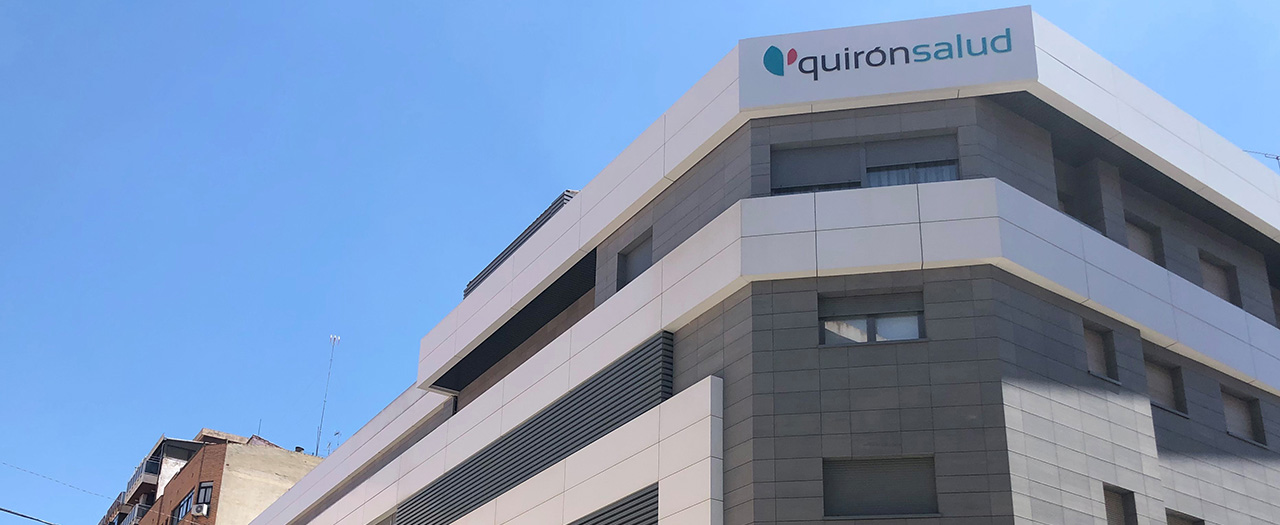Preeclampsia
What are the risks of preeclampsia? Information on the symptoms and treatments of this condition during pregnancy or the postpartum period.
Symptoms and Causes
Symptoms and Causes
Preeclampsia, also known as pregnancy toxemia, is a condition that develops after the 20th week of gestation and causes high blood pressure, edema, and elevated levels of protein in the urine.
When high blood pressure occurs after the 20th week of gestation but there is no proteinuria (protein in the urine), it is referred to as gestational hypertension.
Scientific studies are advancing in early detection, as early treatment, or even preventive care before the condition manifests, is crucial. The main goal is to avoid serious complications that could endanger the life of both the mother and the fetus.
There are five types of preeclampsia, based on when it occurs or its severity:
- Early preeclampsia: begins before the 32nd week of gestation.
- Late preeclampsia: develops after the 32nd week of pregnancy.
- Postpartum preeclampsia: occurs after delivery.
- Mild preeclampsia: considered less severe when blood pressure is between 140/90 mmHg and 160/110 mmHg and protein levels in the blood range from 0.3 to 5 grams. Typically, it can be managed with rest at home.
- Severe preeclampsia: considered serious when blood pressure exceeds 160/110 mmHg and protein levels in the blood are above 5 grams. In these cases, hospitalization is usually required.
Symptoms
The symptoms of preeclampsia may be confused with normal pregnancy changes, so it is essential to monitor blood pressure throughout pregnancy, as it is one of the main indicators. The most common signs of the condition are:
- Elevated liver enzymes
- Edema: swelling, especially in the hands and face
- Hypertension: high blood pressure
- Thrombocytopenia: low platelet count in the blood
- Intense abdominal pain
- Severe nausea and vomiting
- Proteinuria: presence of protein in the urine
- Vision changes
- Rapid weight gain (more than 2 kg in one week)
- Headaches
Causes
As of today, the causes of preeclampsia remain unknown. Research suggests that multiple factors may contribute to its development. Some theories point to poor formation of blood vessels in the placenta during the early weeks of pregnancy. Other studies believe it may be related to an immune intolerance to pregnancy, with a genetic and hereditary origin.
Risk Factors
The main risk factors for preeclampsia are:
- Previous preeclampsia in a prior pregnancy
- Women under 18 or over 40 years of age
- Chronic hypertension
- Diabetes mellitus
- Multiple pregnancy
- Pregnancy through in vitro fertilization
Complications
When this condition develops, there is a risk that:
- The fetus will not receive enough oxygen or nutrients for normal growth
- Preterm labor will occur (before the 37th week)
- Placental abruption will occur
- The mother will develop chronic health problems, suffer a stroke, or experience kidney damage
The most serious complication of preeclampsia is impaired brain vascularization leading to eclampsia (seizures or coma during pregnancy without a neurological cause). However, advances in prenatal care make it possible to treat the condition in time.
Prevention
Although preeclampsia cannot be prevented, early detection allows treatment to begin before symptoms appear. Advances in research in recent years allow specific biochemical markers to be analyzed in the first trimester to assess the actual risk of developing the condition.
Which doctor treats preeclampsia?
Both obstetricians and gynecologists, as well as emergency doctors, diagnose and treat preeclampsia.
Diagnosis
Monitoring blood pressure is crucial for diagnosing preeclampsia. When high blood pressure occurs during pregnancy, other aspects need to be monitored to detect this disorder early. This typically involves:
- Blood tests to assess liver and kidney function
- Urine tests to detect excessive protein
- Ultrasound to monitor fetal growth
Treatment
The most effective treatment for preeclampsia is delivery, as symptoms subside once the pregnancy is over. Depending on the pregnancy's duration and its characteristics, a cesarean section or vaginal delivery may be necessary.
When the fetus is not sufficiently developed for a safe delivery, symptom management is employed, including:
- Rest to control hypertension and edema. Lying on the left side is recommended to avoid compression of the vena cava.
- A balanced diet with moderate salt intake.
- In more severe cases, medication to reduce blood pressure and prevent seizures.
- Corticosteroids to help the baby's lungs mature in the event of premature delivery.






